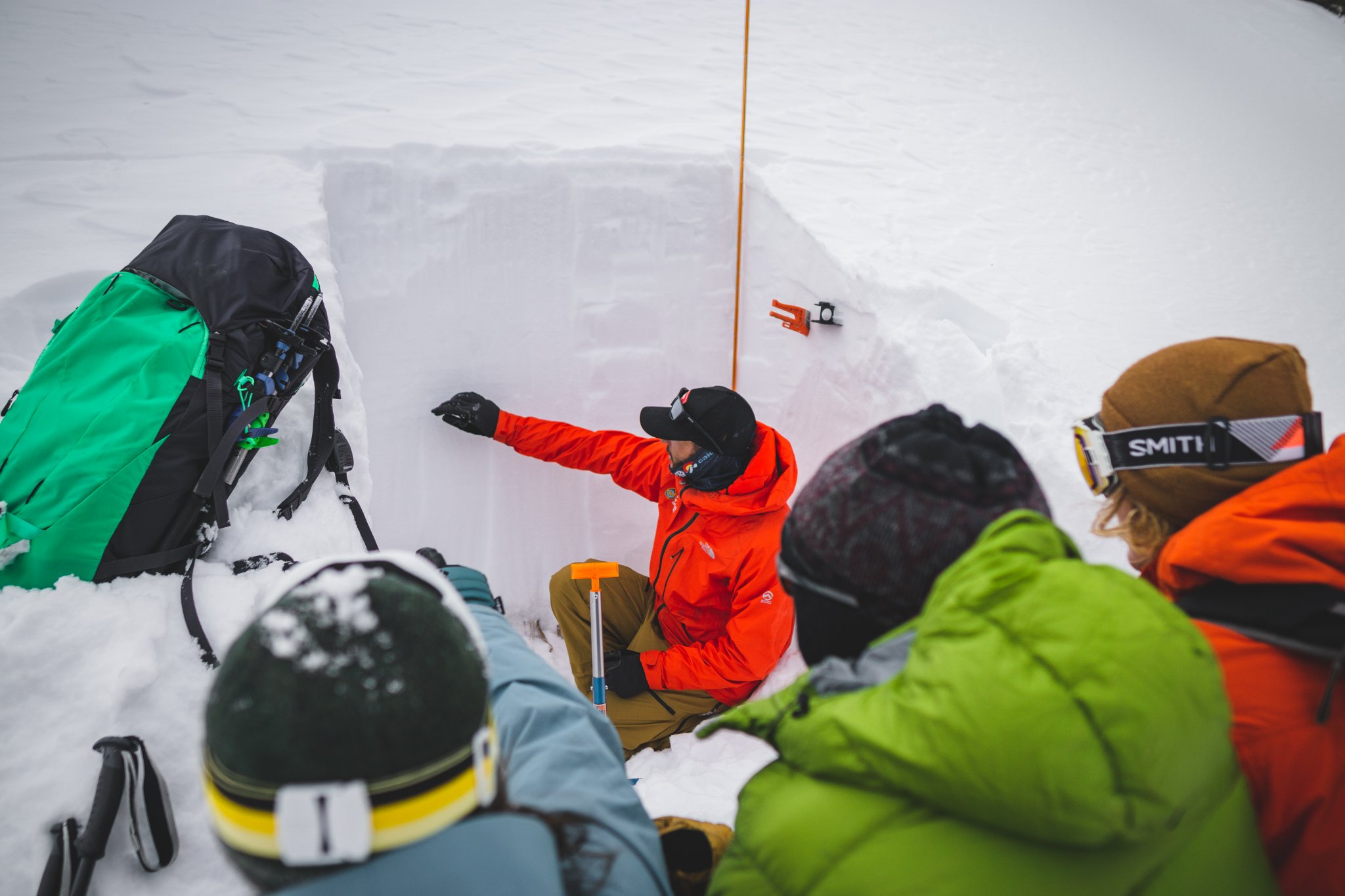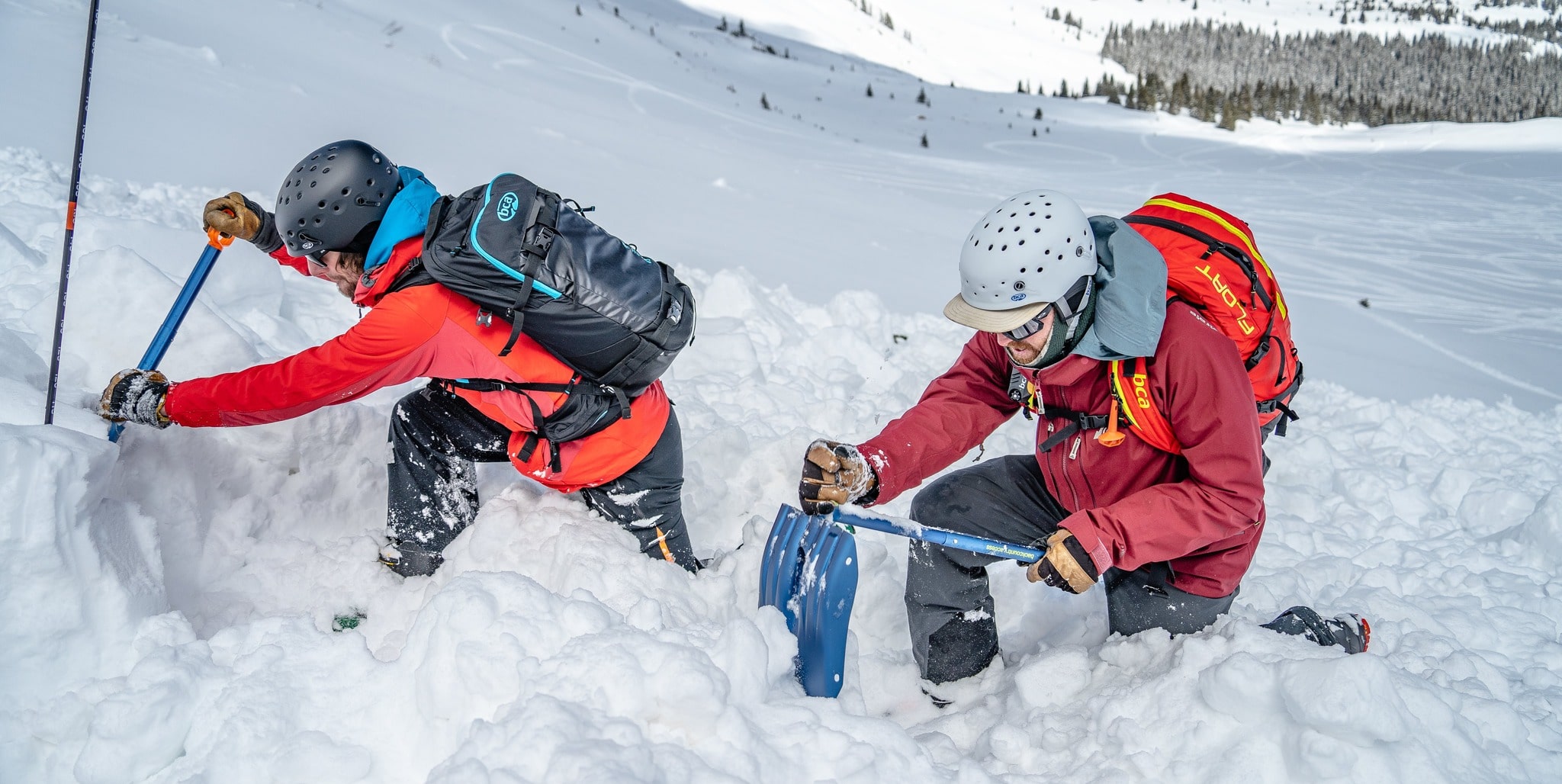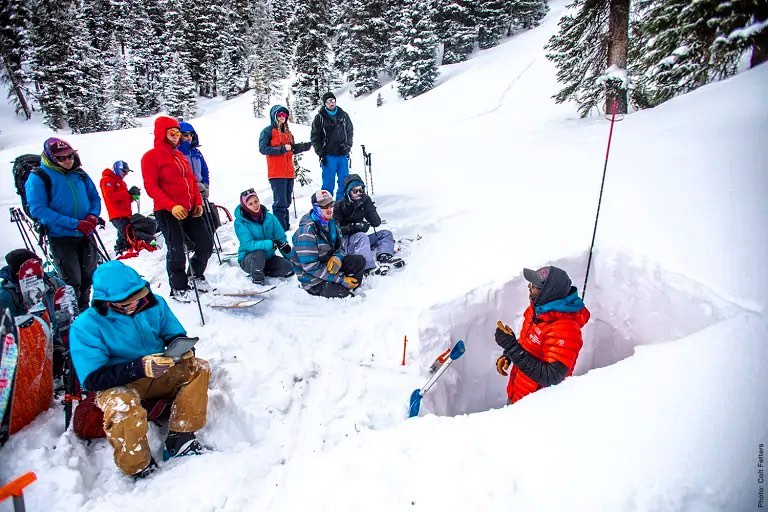
With summer beginning to come to a close, leaves are starting to change and that crisp morning air is setting in. We can’t help but feel that itch to be back in the mountains once again. Although most of us are enjoying those off-season activities to keep the stoke alive until we get back on snow, it’s never too early to start thinking about the winter ahead. Especially if you are looking to spend some time in the backcountry. So here is your friendly reminder to sign up for an avalanche safety course before it’s too late.
Every year, avalanche courses fill up quickly leaving eager skiers and riders to be stuck on a waiting list. Ultimately, missing out on the opportunity to educate themselves with valuable avalanche mitigation techniques. Whether you’re a seasoned skier or looking to get your first backcountry tour under your belt, taking an avalanche course is always the first step. Check out the post below on how to find a class near you!
The best and only place to start if you will be spending time out-of-bounds is taking the AIARE 1 avalanche Course. This three-day / 24-hour introduction to avalanche hazard management is crucial in providing a solid foundation in avalanche knowledge and skills. Most classes focus on a curriculum to develop a good grounding in how to prepare for and carry out a backcountry trip. You’ll understand basic decision-making while in the field, learn rescue techniques, and how to take a systematic approach to prioritize information in the complex environment of the backcountry.

Courses are fun and informative with a mix of touring, skiing and classroom lectures. With the end goal of learning how to combine the avalanche forecast and field observations to make knowledgeable decisions. The AIARE 1 is for anyone who wants to play in or near avalanche terrain. Regardless of your method of travel, there are no prerequisites other than having a touring set-up to travel on snow to class. Visit The American Institute for Avalanche Research and Education to learn more about saving lives through avalanche education.
Per AIARE, at the end of an AIARE 1 course, students should be able to:
- Develop a plan for travel in avalanche terrain.
- Demonstrate the ability to identify avalanche terrain.
- Effectively use The AIARE Risk Management Framework.
- Make terrain choices in a group setting.
- Demonstrate effective companion rescue.

Why, just to be taught by some overstoked noob from back east that has no provenance in actual avalanche terrain? Because that’s what out there.
All you really need is an Avalanche air backpack and you are good to go. If the avalanche hits, pop the bag and you are floating like blimp above the clouds.